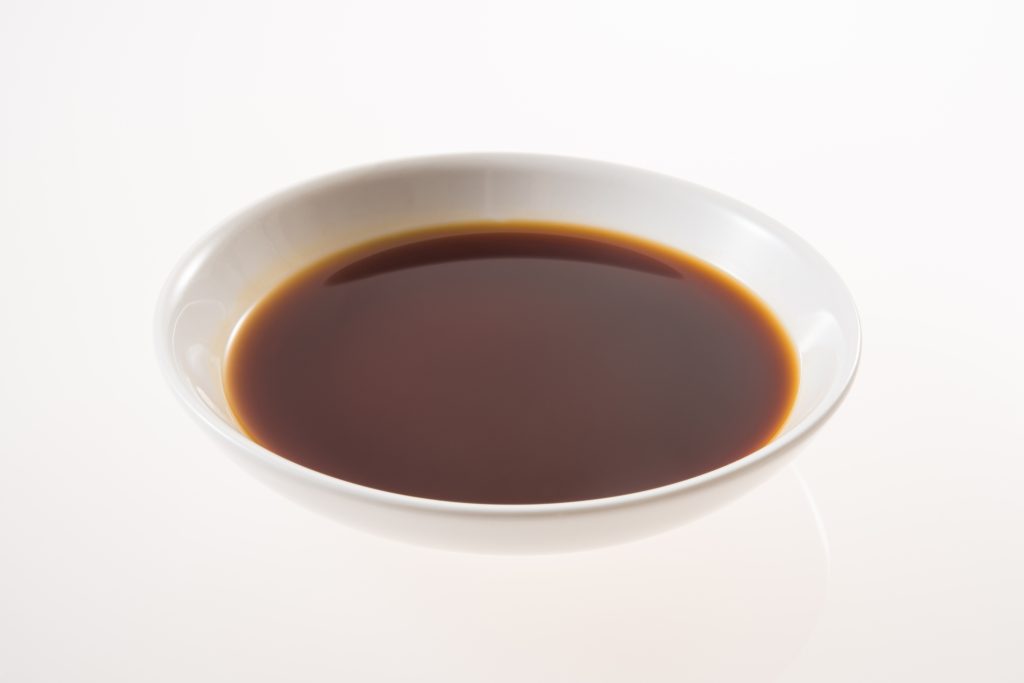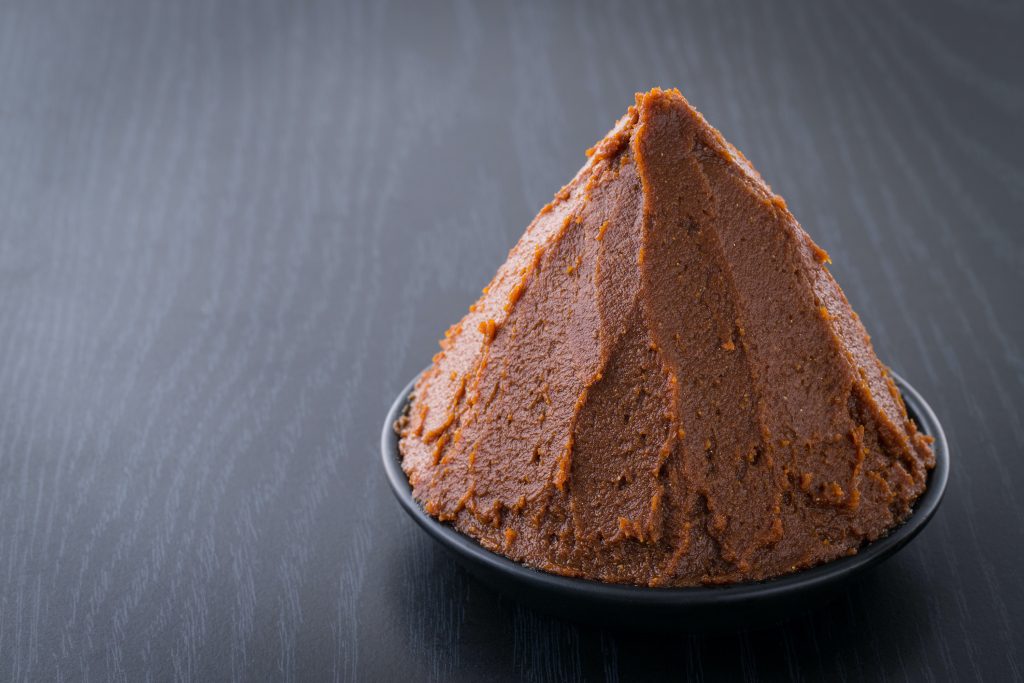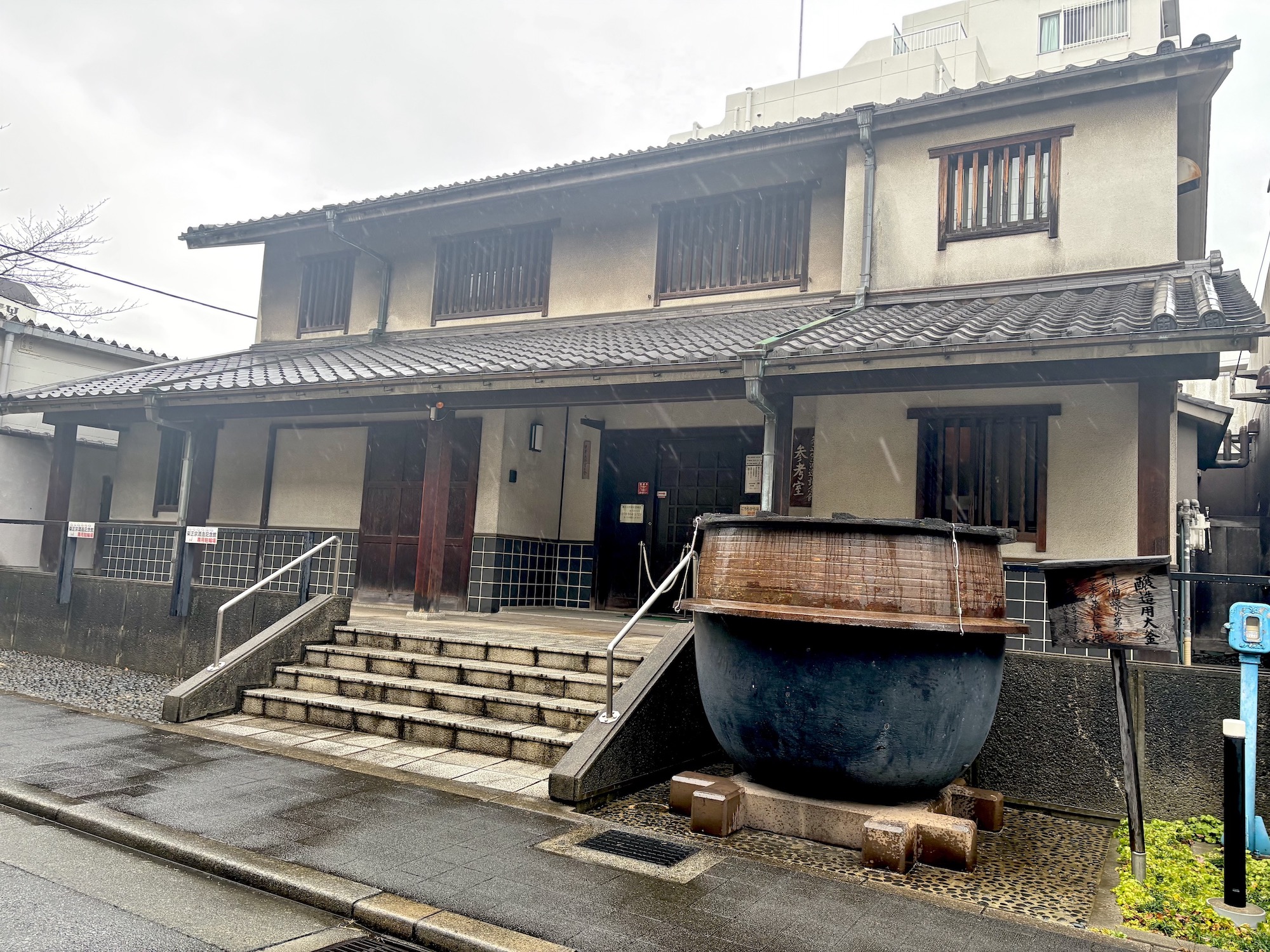Japanese fermented food has gained global attention for its deep flavors, health benefits, and cultural significance. While cities like Kyoto and Tokyo often steal the spotlight, Hyogo Prefecture quietly nurtures some of Japan’s most iconic fermented treasures. From historic sake breweries in Nada Gogo to the birthplace of light soy sauce in Tatsuno, Hyogo offers a journey into fermentation unlike anywhere else.
In this article, we’ll introduce you to the heart of Japanese fermented food culture in Hyogo, reveal its historical depth, and show you how you can connect with this tradition—whether you’re visiting Japan or exploring from abroad.
What Is Japanese Fermented Food? A Flavor Built by Time
Japanese fermented food refers to a wide variety of traditional ingredients and products created using beneficial microbes such as koji mold, yeast, and lactic acid bacteria. Staples like miso, soy sauce, pickles, and sake have been passed down for centuries and form the backbone of Japanese cuisine.
Unlike Western fermentation—which often focuses on dairy and alcohol—Japanese fermented food revolves around flavor enhancement and umami creation. The use of koji mold is unique to Japanese culture, lending depth and richness to dishes in subtle, elegant ways.
Want to learn more in depth? What Makes Japanese Fermented Food Unique: A Deep Dive into Koji Culture
Japanese Fermented Food Culture in Hyogo: Where Heritage Meets Innovation
Hyogo Prefecture is a hidden gem for fermentation enthusiasts. Let’s dive into three of Hyogo’s most iconic fermented products.
1. Japanese Sake (Nada Gogo): The Pride of Hyogo

The Nada Gogo region in southern Hyogo is home to one of Japan’s largest and most respected sake-producing areas. Thanks to the area’s pure Miyamizu water and the expertise of the Tanba Toji brewmasters, the sake here has been revered for over 300 years.
Nada sake is characterized by its strong flavor and clean aftertaste. Did you know? Many breweries in Nada Gogo offer guided tours, tastings, and hands-on sake experiences. It’s a must-visit for any culinary traveler!
蔵見学ツアー紹介
For basic knowledge about alcohol, please see the next article:
2. Light Soy Sauce (Usukuchi Shoyu) from Tatsuno: Hyogo’s Liquid Gold

Tatsuno City is the birthplace of usukuchi soy sauce, a lighter-colored but saltier variety of soy sauce that’s essential in Kansai (western Japanese) cooking. Unlike its dark counterpart, usukuchi adds a delicate umami without overpowering a dish’s color or texture. Please see the following article for more information on the basic types and characteristics of soy sauce, including light soy sauce:
3. Banshu Miso: Fermentation in the Mountains

Banshu miso is a sweet miso made in the Banshu region of Hyogo Prefecture (mainly in the southwestern part of the prefecture) that uses a lot of rice koji. It has a particularly high ratio of rice koji, and is characterized by a mellow flavor that harmonizes the umami of soybeans with the sweetness of rice koji. In addition, miso has various characteristics depending on the region. These are explained in the next article:
Conclusion: Explore the World of Japanese Fermented Food from Hyogo
Hyogo’s contributions to Japanese fermented food are not only delicious—they’re culturally significant. These traditional foods have been carefully crafted and preserved across generations, and they offer more than just flavor; they offer a story, a technique, and a philosophy. Whether you’re a professional chef, culinary student, or passionate home cook, there’s always something new to discover in the world of fermentation. From sake breweries and soy sauce museums to hands-on miso making, Hyogo is a living classroom for anyone who loves food and culture.
Not in Japan? No problem.
You can sign up for our free newsletter to receive exclusive content on fermentation techniques, regional spotlights, and chef interviews.
” 耀 Hikari ” – gastronomy
Planning a trip to Japan? Consider a fermented food research program in Kyoto, where you can learn directly from artisans and fermented food experts who have mastered timeless techniques.
👉 Discover the culinary study programサービスリンク

No responses yet